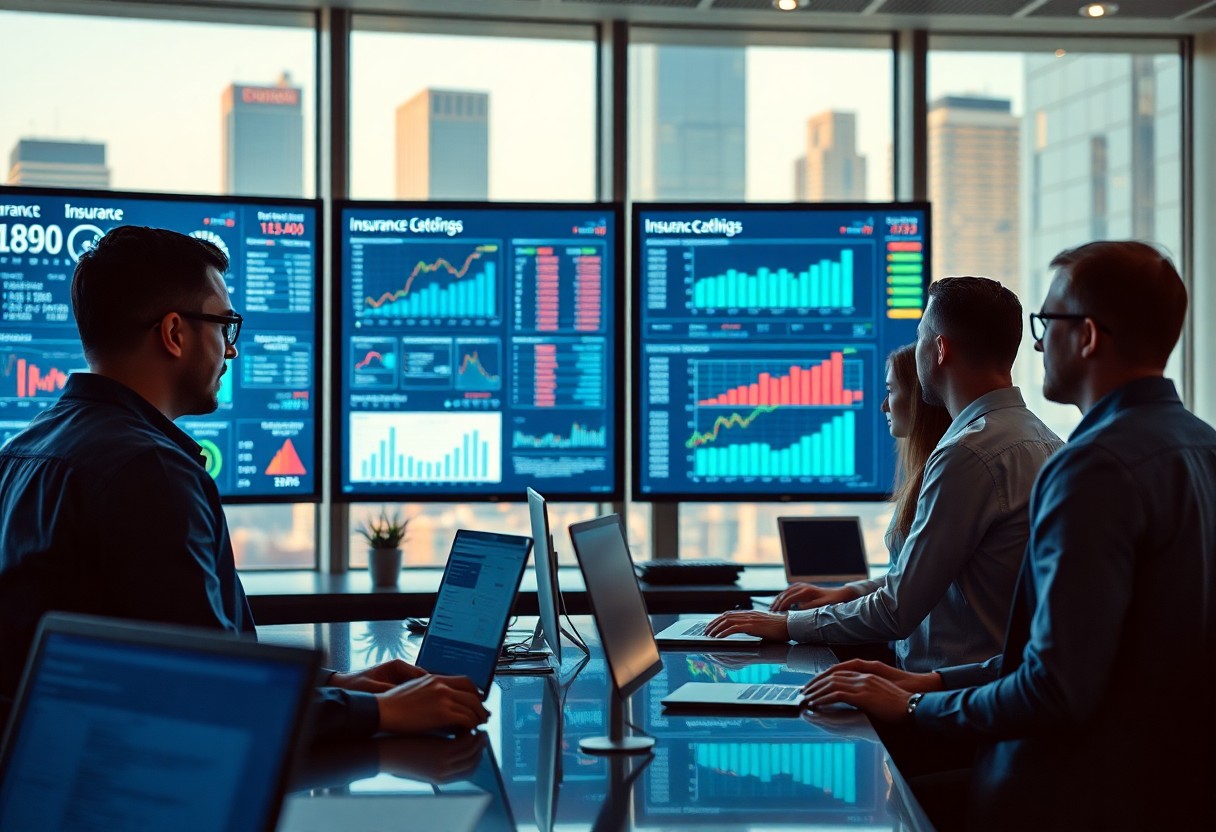Will NFTs Completely Disrupt The Traditional Art Market?
NFTs have taken the art world by storm, raising questions about the future of the traditional art market. As these digital assets continue to gain popularity, many are left wondering if they will completely disrupt the way we buy and sell art. From the potential for transparency and traceability to the challenges they pose for established institutions, the rise of NFTs presents a revolutionary shift in the art world that cannot be ignored.

The Rise of NFTs in the Art World
The Digital Art Revolution
Your journey into the world of art might begin with traditional paintings or sculptures, but with the advent of Non-Fungible Tokens (NFTs), a digital revolution is taking place. Artists are now creating unique, digital pieces that can be bought, sold, and owned through blockchain technology, ushering in a new era where art is not confined to physical canvases or galleries.
The Democratization of Art Collecting
Any art lover can now participate in the art market thanks to NFTs. Collectors no longer need to be elite members of high society to own valuable pieces of art. This shift has opened up opportunities for artists to reach a broader audience and for art enthusiasts to engage with and own pieces that speak to them on a personal level.
World With the traditional art market often criticized for its elitism and inaccessibility, NFTs have the potential to democratize art collecting on a global scale. Through blockchain technology, artists can connect directly with their audience, bypassing traditional gatekeepers and giving collectors the chance to invest in art that resonates with them.
Disrupting Traditional Art Market Structures
Challenging the Role of Galleries and Dealers
Some NFT platforms are bypassing traditional art market structures, challenging the roles of galleries and dealers. By allowing artists to sell their work directly to collectors, NFTs eliminate the need for intermediaries, potentially cutting out the hefty commissions typically paid to galleries.
Redefining the Value of Art
To redefine the value of art, NFTs introduce unique ways of assessing and appreciating artworks. With blockchain technology, the provenance and authenticity of digital art can be securely verified, offering a new level of transparency and trust in the art market. This shift challenges the traditional notions of value based solely on physical presence.
Galleries may find themselves facing a threat as artists have the opportunity to reach a global audience without the need for representation. While this new landscape opens up possibilities for artists, it also raises concerns about determining value and the sustainability of traditional art market structures in the face of this digital disruption.
The Potential Consequences of NFTs on the Art Market
Increased Accessibility and Global Reach
One of the most compelling aspects of NFTs is their potential to revolutionize the art market by increasing accessibility and expanding global reach. With digital artworks being easily transferable and tradable online, collectors from around the world can participate in auctions and purchases, breaking down geographical barriers.
New Opportunities for Emerging Artists
Emerging artists stand to benefit significantly from the rise of NFTs, as these digital tokens create new opportunities for exposure and income. By minting their art as NFTs, artists can establish a direct relationship with collectors, bypassing traditional galleries and intermediaries.
To further empower emerging artists, platforms like Foundation and Rarible have emerged, offering artists a fairer revenue share and more control over their creative work. This democratization of the art world could lead to a new era of artistic innovation and diversity.
The Uncertainties and Challenges Ahead
Authenticity and Ownership Concerns
Concerns have been raised regarding the authenticity and ownership of digital artworks sold as NFTs. With the ease of replication in the digital world, there is a looming fear of forged or stolen NFTs circulating in the market, posing a significant risk to both artists and buyers.
The Environmental Impact of NFTs
On the environmental front, the energy consumption associated with minting and trading NFTs has sparked a heated debate. Critics argue that the blockchain technology powering NFTs, especially on platforms like Ethereum, consumes a substantial amount of electricity, leading to a significant carbon footprint that contradicts the eco-friendly narrative often associated with the art world.
Impact: The mining process for cryptocurrencies like Ethereum, which NFTs are predominantly based on, requires high computational power, resulting in increased energy consumption and carbon emissions. This aspect has drawn backlash from environmental activists and artists concerned about the sustainability of NFTs in the long run.
Conclusion
With this in mind, it is clear that NFTs have the potential to revolutionize the traditional art market by providing artists with new opportunities for ownership, provenance, and royalties. However, the full extent of this disruption remains to be seen as the art world navigates the complexities and implications of this innovative technology.
FAQ
Q: What are NFTs and how do they relate to the traditional art market?
A: Non-fungible tokens (NFTs) are unique digital assets that represent ownership or proof of authenticity of a particular item, such as artwork. NFTs have the potential to disrupt the traditional art market by changing how art is bought, sold, and valued.
Q: How do NFTs impact the concept of ownership in the art world?
A: NFTs offer a new way for artists to monetize their work by providing buyers with a digital certificate of ownership. This challenges the traditional notion of physical ownership in the art market.
Q: Is the traditional art market at risk of being completely disrupted by NFTs?
A: While NFTs are gaining popularity and reshaping the art market, it is unlikely that they will completely replace traditional art sales. Both markets can coexist and offer unique advantages to artists and collectors.
Q: What are some benefits of NFTs for artists and collectors?
A: NFTs provide artists with greater control over their work, direct access to buyers, and the potential for recurring royalties. Collectors benefit from verified authenticity, increased liquidity, and access to a global marketplace.
Q: How do NFTs impact the pricing and valuation of art?
A: NFTs introduce new pricing models based on digital scarcity, provenance, and smart contracts. This can lead to a more transparent and dynamic art market where value is determined by demand and digital scarcity.
Q: What challenges do NFTs pose to the traditional art market?
A: NFTs raise concerns regarding copyright infringement, environmental impact due to high energy consumption, and potential market volatility. These challenges need to be addressed to ensure the long-term sustainability of NFTs in the art market.
Q: How can artists and collectors navigate the evolving landscape of the art market with NFTs?
A: Artists can explore new revenue streams through NFTs while maintaining a presence in traditional art markets. Collectors can diversify their collections by engaging with both physical and digital art assets. Adaptability and education are key to navigating this evolving landscape successfully.
![]()













